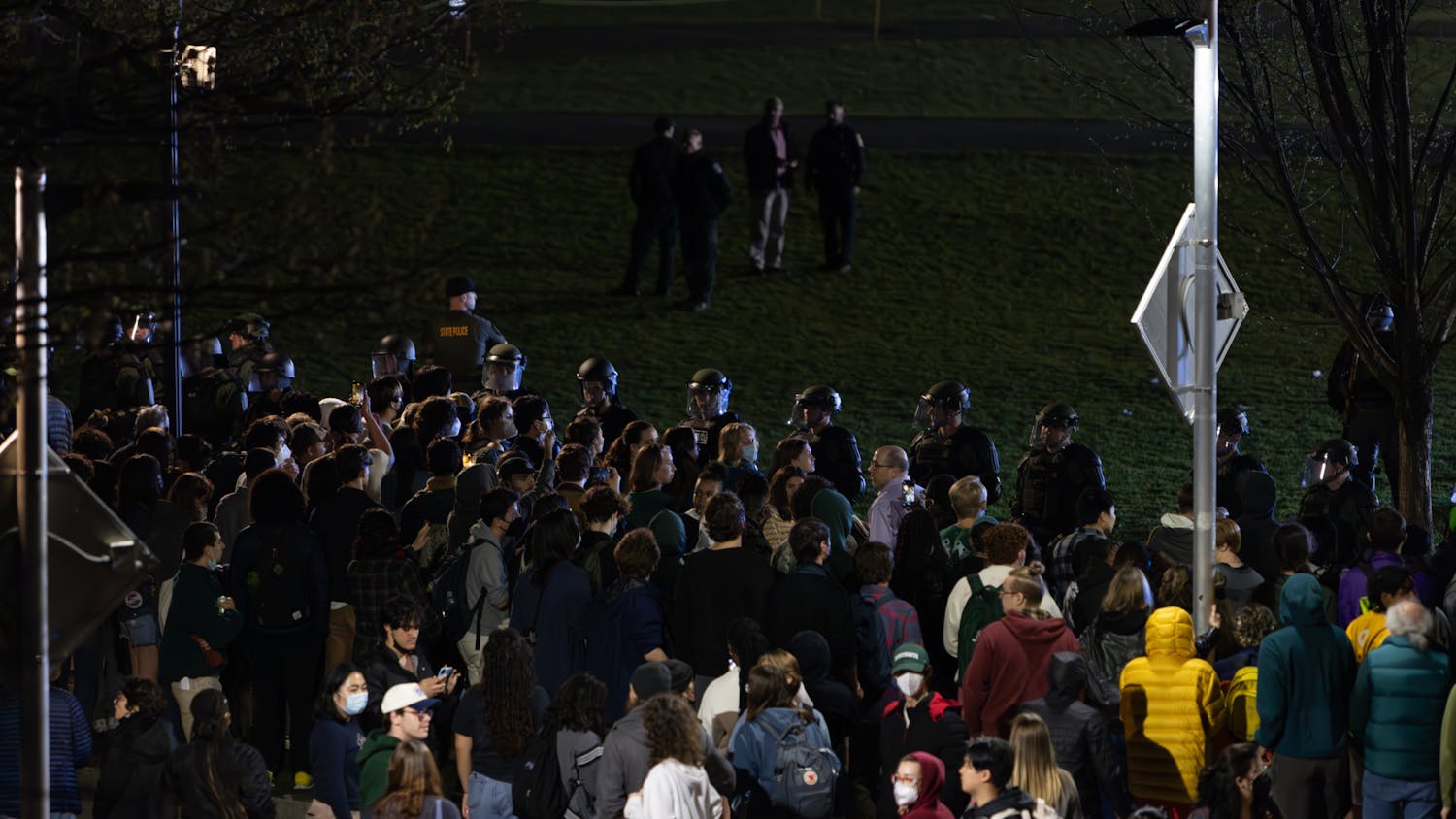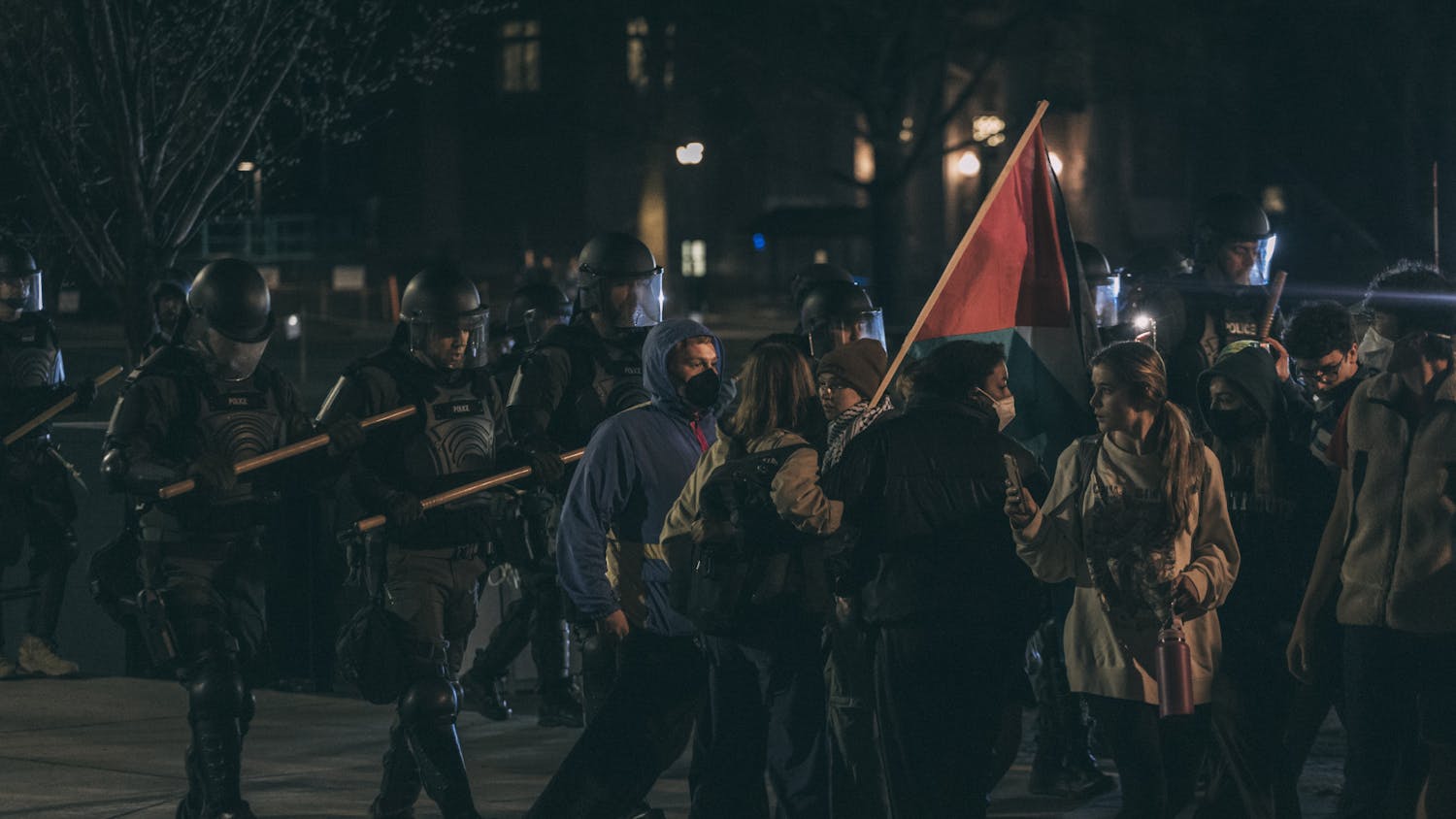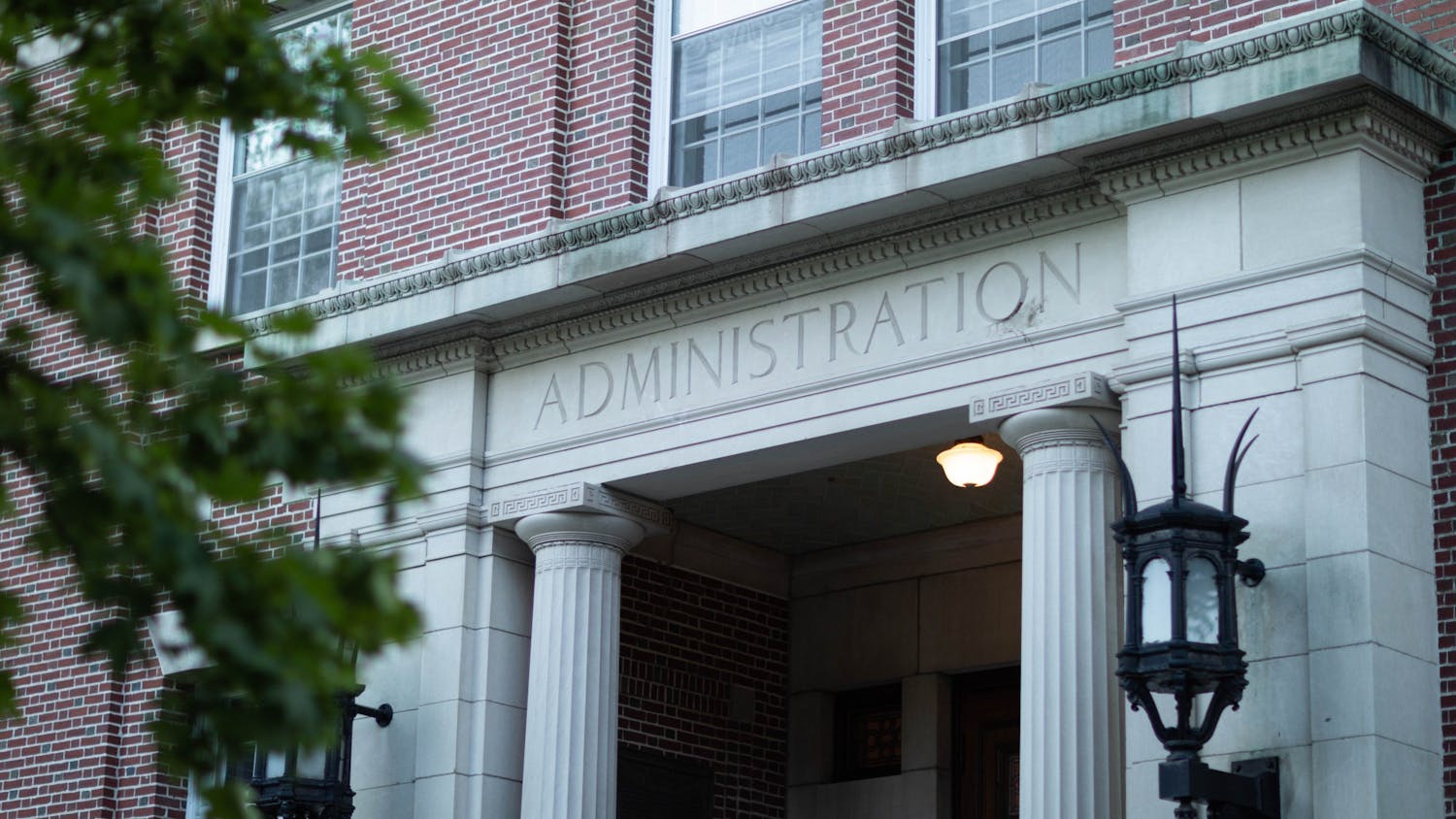Tina Ma ’14 spent Saturday morning celebrating an early Valentine’s Day with Alzheimer’s patients from across the Upper Valley. “Golden Oldies” music and movies played in the background, including clips of the dancing duo Fred Astaire and Ginger Rogers. Ma watched her partner, an older woman suffering from fairly advanced Alzheimer’s disease, write a Valentine to her husband bemoaning the fact that today’s youth cannot dance like Astaire and Rogers.
Ma and her partner are participants in the Alzheimer’s Learning Experience for Students Program, known as TALES. Twice a month, 20 Dartmouth students meet with Alzheimer’s patients to chat, sip a cup of coffee or go for a hike. The program, which aims to educate individuals about the disease, matches pairs of students with Alzheimer’s patients, or learning partners, for at least three terms.
The relationships built through TALES give support to the Alzheimer’s patients, but also provide students with an idea of what living with the disease is like.
Ma said she was initially intimidated by the disease but learned to focus on improving patients’ quality of life, especially since many are uncertain about their futures. She has gained a unique opportunity to learn about handling chronic illness, she said.
Robert Santulli, a physician at Dartmouth-Hitchcock Medical Center, founded the program in 2010. Santulli said the program was inspired by the Buddy Program at Northwestern University’s Feinberg School of Medicine, which pairs first-year medical students with local Alzheimer’s patients. At Dartmouth, TALES is advertised to pre-medical students, though a student at The Dartmouth Institute is currently in the program and Geisel School of Medicine students have participated in past years.
The program begins in the fall with eight lectures about Alzheimer’s disease and common problems patients and their caretakers face. The lectures are designed for participating students, though some community members attend as well.
Participants are expected to commit three consecutive terms to the program to facilitate consistent relationships, Santulli said.
Ma, who began meeting with her current learning partner last year, said she enjoyed the opportunity. They often dine at local restaurants and last year, when her partner had better physical mobility and mental awareness, the pair went to view the art at the Hood Museum.
“It is really rewarding to have a continuous relationship with one patient,” she said.
Students conclude each visit by posting a journal entry on Blackboard, describing their experiences and any difficulties they encountered. Santulli reads the posts and responds with feedback. Participants also meet as a group twice a month to compare their experiences.
Unlike similar programs at other institutions, TALES allows undergraduates to participate, and connects pairs, rather than individual students, with learning partners.
Santulli said he recognized the value in offering undergraduates a hands-on opportunity to work with patients.
“I thought it was better to start students earlier rather than later,” Santulli said, describing undergraduate participants as “eager and bright.”
Santulli also runs the program Ma and her learning partner attended on Saturday morning, known as Memory Cafe. The group holds monthly get-togethers for Upper Valley Alzheimer’s patients and caretakers, and TALES participants often choose to attend as well, enjoying the day’s music and entertainment with their partners.
Santulli, who selects students and patients to take part in TALES, said he looks for patients who want to share their stories and experiences with the disease and students who can listen patiently. The program’s name references the storytelling that takes place during the partners’ visits.
The program also gives students an opportunity to interact with the local community, Santulli said.
Students said they value the program for the connections they build with their senior partners and the perspective they gain about the disease.
Nina Boal ’14, a member of the group who plans to attend medical school, said she appreciates the opportunity to interact with patients as an undergraduate.
“It gives you a great humanizing perspective of the disease,” Boal said.
Santulli, who will retire from his clinical practice at the end of the year, said he is uncertain about the program’s future.



